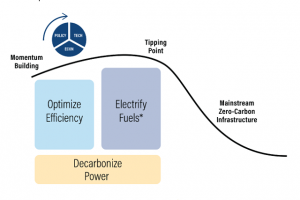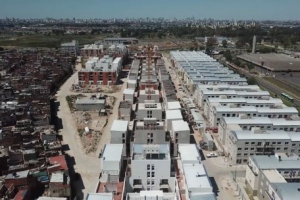Our world is persistently changing day by day with the innovation of new technologies. People go for a trend in shopping so as the number of shopaholics boosts day by day.
Online shopping has now become inevitable for new generations. Consumers are more used to it, as we get everything that we need from anywhere just by sitting at our convenient place.
The main factor for the growth of online shopping is the rising purchase power of the middle class, a growing customer base worldwide, the variety of products available online, the enhancement of digital business models, and the boost of technology in the delivery segments which is instant and tie-definite delivery.
But is online shopping more eco-friendly than shopping at a store? Some studies show that online shopping is more eco-friendly but some say it is not. If you are choosing online shopping, the most important benefit is that there is a lower carbon footprint than in physical shopping. The environmental benefits of both shopping methods depend on the components like the way of traveling, the distance the product travel to arrive at the destination, the cost of environmental packaging, and so on. More specifically, in-store shopping’s environmental facts more rely on the consumer’s purchasing behavior and habits. Due to the power supply and more air-conditioned in-store shops, there is more consumption of energy, so this is one of the drawbacks of traditional shopping’s eco-friendliness.
There are a few tips if you are more aware of eco-friendly online shopping.
-
Before purchasing, think whether the particular product can be brought from a nearby local shop by reaching on foot or by bicycle.
-
Give more preferences to the delivery services that use eco-friendly packaging.
-
Use standard delivery rather than express delivery.
-
Try to avoid purchasing from several suppliers just to make small price savings.
-
Be conscious that not to miss deliveries. Ask your neighbors to accept the delivery for you.
-
The type of packaging is the most important factor in online shopping.
During this lockdown period, online shopping has boosted again.
Transportation and packaging is the biggest factor of carbon emissions in both in-store and online shopping. For an instance, when purchasing a book from a retail shop, each customer drives separately but delivery trucks deliver to many customers in a single route, so in here the emission of CO2 is less. When it comes to packaging, shrink -wrapping, padding, and boxing are hardly going to maximize materials’ efficiency and minimize waste rather than in-store shopping. Likewise, the energy consumed is much lesser than the physical store having lighting, air conditioners, and so on.
Human behavior strongly impacts the environment in both online and retail shopping.
Image credit: NorthJersy














Add Comment